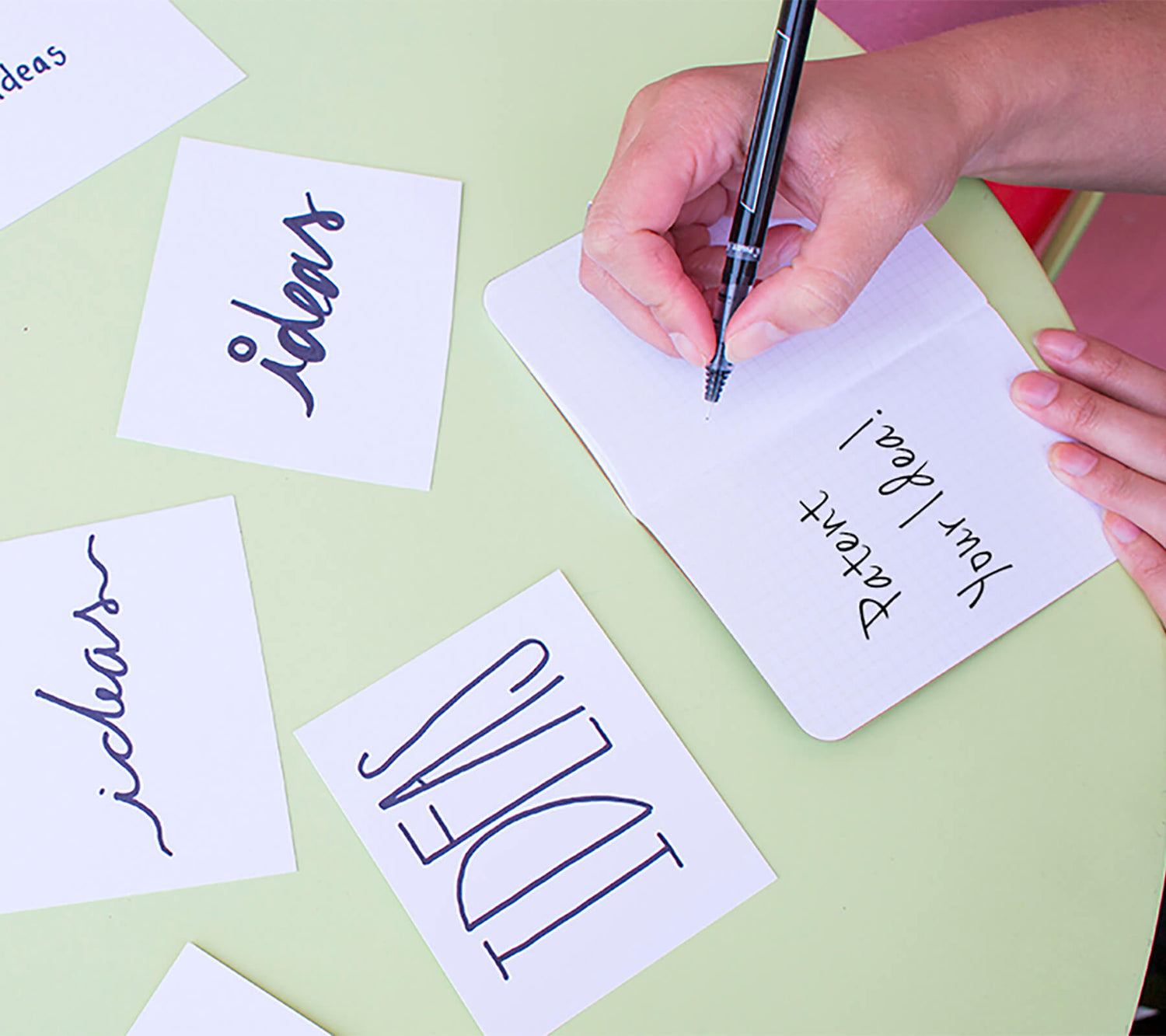If you ever saw the movie “Joy” (I wept my way through most of it, which I blame on inhaling recycled air for 13 hours while drinking wine at high altitude), or have binge watched “Shark Tank,” you probably already know the importance of protecting your idea with patents! Unfortunately, navigating the patent process is not easy or cheap. There is a myriad of advice and options; just type in “patent your idea” on Google and you get over 5.17 million hits.
So what’s the value, costs and hurdles associated with getting your own patent(s)?
One of the key things to keep in mind before you start is that not all patents or patent lawyers are created equal. The unfortunate truth is that you will not really know how good your patent is until you need to assert it, which in itself is an extraordinarily painful and expensive process.
I consider myself incredibly lucky to be naturally surrounded by patent lawyers (like Phil, my home boy from Cornell who handled both of Otteroo’s patents) as well as friends in the engineering world where patent-ing is practically a daytime sport. There’s quite a lot that I’ve learnt through osmosis from these patent pros and from getting two (and counting!) of our own so here are some nuggets of knowledge that I thought would be most practical and helpful.
Oh, and just to be completely transparent, “The Good Wife” is the closest formal legal training I have, so I cannot really guarantee the accuracy of what I’m about to babble!
Design vs. Utility Patents
In a nutshell, a Design Patent protects how your product looks, is cheaper to file and has a shorter review process. A Utility Patent, on the other hand, protects how a product is used and works.
The Utility Patent is more expensive to file and harder to get. But once you have it, it provides broader protection for your invention and you will have the option to file continuations to cover variations of the patented product or different use cases.
Once you figure out what type of patent is best for your business needs, I recommend taking the immediate steps to get you and your idea on the road to patent palace!
Step 1: Patent Search
Make sure that your idea is truly original by first doing a thorough patent search. Essentially, you need to scan patent databases so you don’t drop a ton of money and time trying to patent something, only to have your application rejected by the USPTO examiner. Most law firms with a patent practice offer patent search as a service, but it typically costs an arm and a leg.
Lucky for us, Google has a free product called, wait for it, Google Patents! If you are a proficient cyber stalker, I mean, search engine user, you should be able to find out if other people have patented similar ideas out there. If you don't find anything similar but you want to be 100% sure, engage a lawyer to do a thorough search but make sure you communicate with him the legwork you’ve already done if he bills based on hours. You should also tell disclose to said lawyer information that is material to the patentability of your invention and that includes the prior search.
Step 2: File Provisional Patent Application
While hiring a patent lawyer to do it perfectly right is quite expensive, if you still think that you have a truly ingenious idea after the scan, it is imperative to get a priority filing date ASAP. This is when the Provisional Patent can come to the rescue.
Provisional patents are a godsend when you are not quite sure whether you have a million dollar money shaker or need more time to afford a lawyer, but still want to protect your idea. It allows you to claim a priority date. This means that when you finally file your official patent application within a year of the filing date, it will act as if the official patent was filed on the date you filed the provisional application. This gives you a year from filing to work out the business plan, figure out your patent needs, and finalize your official patent application. But while you get a year, the provisional application is only as good as what was disclosed in it. So make sure it’s solid.
And the best part? It is way cheaper to file a provisional application! You can go to USPTO for the latest filing fees.
Last bit of advice
While you may be able swing it all the way on your own but honestly, if you have the budget you can save countless brain cells from short-circuiting with information overload by hiring a patent attorney or agent. Imagine all the work and creative imaginings you can be doing to move your idea forward while sipping wine by having an expert handle it for you!

